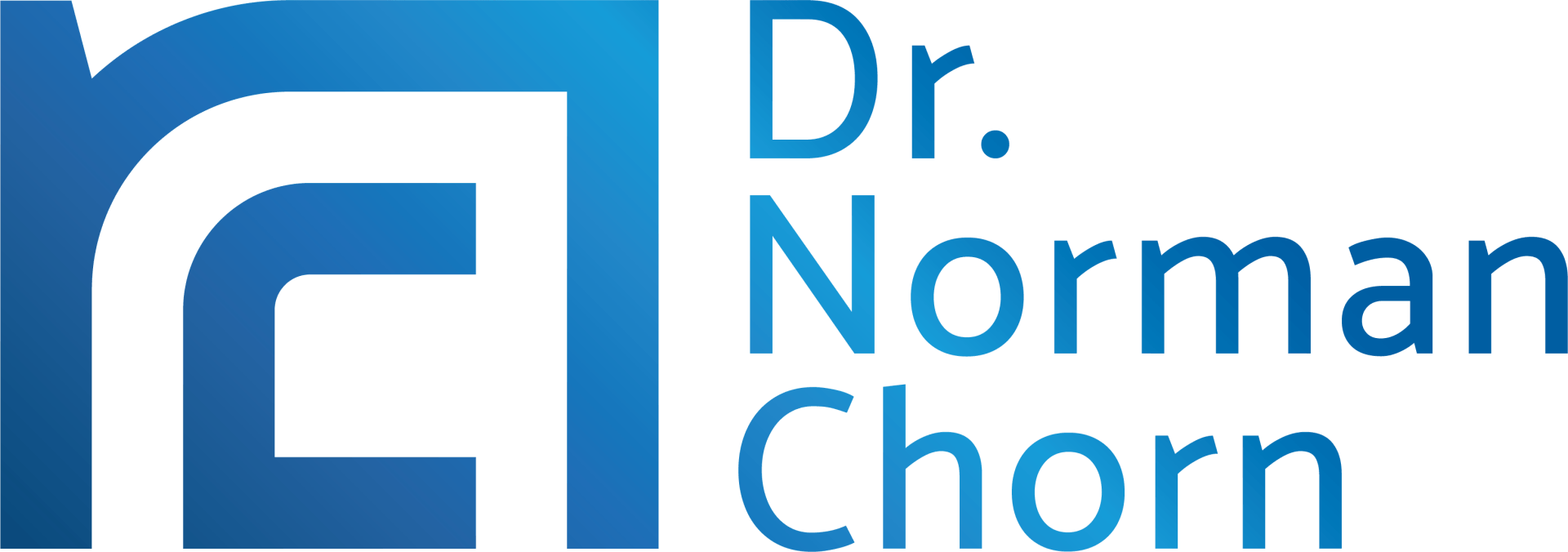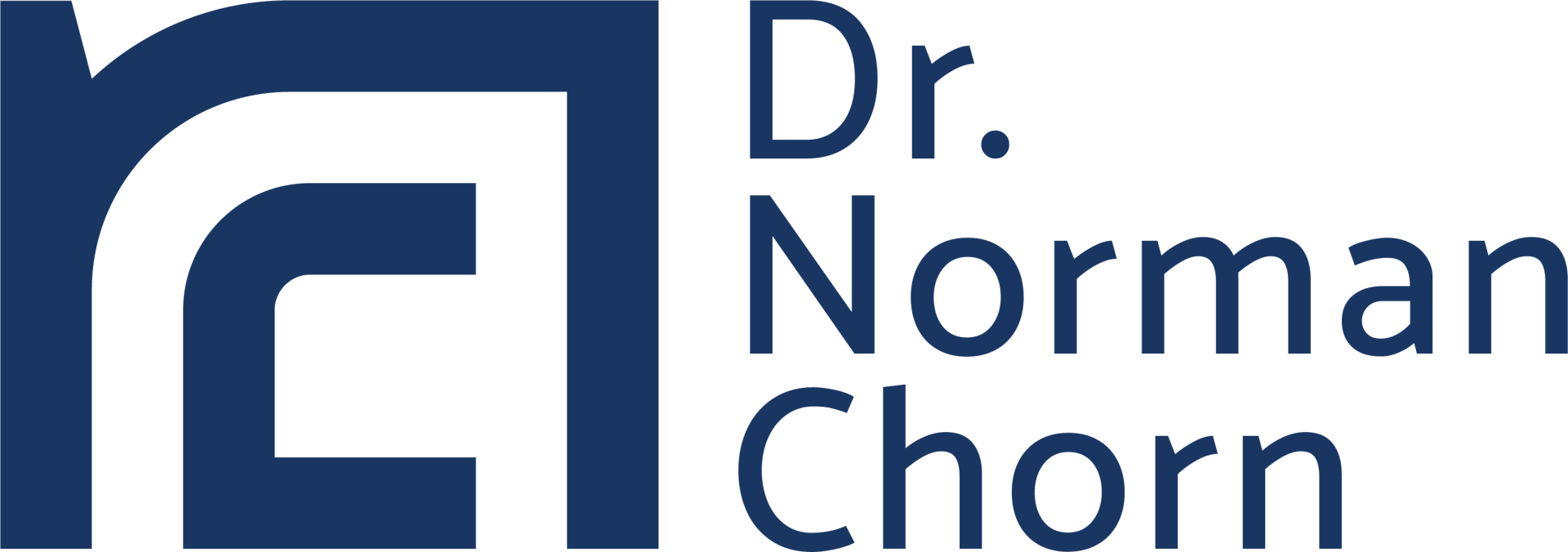5 pathways you may not have considered to enhance your strategic thinking
As situations become more complex and uncertain, so the need increases to understand what is behind events shaping our lives. Strategic thinking has been identified as one of the critical skills you will need in order to make your way through this maze of change and disruption.
There are many approaches and frameworks that claim to represent the best ways to develop strategic thinking skills - it can be quite confusing if you are looking to develop your own capabilities, or those of your business.
I have found five specific approaches that are useful as you seek to develop this capability — five pathways that you and your organisation can use to enhance your ability to think strategically.
These are presented below:
Pathway 1: Stop Thinking About Your “Industry”
Defining your “industry” and doing an “industry and competitive analysis” has been a traditional approach to the way we have made sense of our environment, markets and jobs for the last 40 plus years. Ever since Michael Porter developed the notion of competitive strategy, we have defined what we do and against who we compete, in this way.
However, the continuous evolution of technology has meant that the traditional barriers to entry into an industry have all but disappeared. Competitors appear from anywhere and definitions of an industry become almost meaningless.
Worryingly, they tend to create strategic blindspots whereby you become so focused on your industry and products, that you can easily miss developments that threaten your very existence.
Instead, I suggest you think about “jobs to be done”. This concept, initially developed by Clayton Christensen[1] explains that the best way to describe you and your business is to understand the jobs that you do for them. Not only is this a better way to understand who is the competition, but it is also the key to innovation. By recognising the jobs to be done for your customer, you are far more likely to be able to innovate and develop new way of meeting a real need for the customer.
Examples include Amazon, who found a better way to do the job for people looking for books; Airbnb who developed a new way for people to find cheap, convenient holiday accommodation; and Uber who do the job of finding clean and convenient transport for people who wish to go to specific destinations
Pathway 2: Separate strategy and Planning Processes
When planning the future for yourself or your business, it’s a good idea to separate the strategy exercise from the planning exercise.
Strategy involves the important processes of diagnosing the challenges you face and then developing specific views (a philosophy) as to how you will deal with them. As you know, this usually comes from deep reflection and thinking — often by removing yourself from the detail and viewing the situation “from the balcony” instead of the dance floor. In other words, you need to move away from the immediate situation and ponder on it.
Planning, on the other hand, is a more linear process that is achieved by focus and concentration on the task — an action oriented task that centres on developing a set of actions to implement the strategy.
Why separate them? Because action tends to drive out the reflection. In action mode, it is difficult to free up your brain to do the necessary reflection and achieve the insights so necessary for strategy. So, separate the two parts. Give yourself some space for the strategy, and then get into the planning as a separate, but related activity.
Pathway 3: Practice “Mentalising” Complex Problems
It’s easy to become overwhelmed when facing a complex problem with many different stakeholders and points of view. How do you find a solution that meets all the needs?
One way to do is to imagine that the situation is a movie you are watching or a novel you are reading. When doing this, you would begin to understand the different characters in the story line. You would develop a sense of their personalities, preferences, needs and likely actions.
Think about the complex situation in this detached way (on the balcony again), and figure out what each character wants, their motives, and how their needs can be met.
Once you have done this in a detached way from the balcony, you will be able to see the leverage points in the situation. How to get most of the stakeholders what they want and be able to reach an optimised solution.
Note: An optimised solution is the ultimate outcome in a complex situation with competing stakeholder requirements. Sadly, there are very few 'best practice' or 'right' solutions in complex systems.
Pathway 4: Change Your Time Horizons
A difficult and complex problem can pose a dilemma for you. Sometimes, the options may include decisions that appear to have real costs and downsides associated with them.
Warren Buffet is known for his astute decision making — particularly in complex decisions he makes, where his decisions seem to pay off in the longer term. His rule? Quite simple actually.
When facing such a decision, he asks himself three questions:
- How will I feel about this decision in 10 hours?
- How will I feel about it in 10 days?
- How will I feel about it in 10 months?
Substitute your own time frames — but the purpose is to place yourself into different times horizons (on the balcony again) and reflect on how you will view the decision at different points in the future.
This approach will give you additional perspective on difficult decisions that seem to have some negatives in the short term. You should be able to understand and explain the short-term downside against the longer term benefits expected.
Pathway 5: Stay in Touch With The Edges
In almost all societies, organisations and groups, it is those at the fringes that seem to be contemplating change and disruption of the system. Admittedly, some of their thinking may be unrealistic and quite radical, but they usually provide the initial impetus for any shifts that eventually do appear.
Andy Grove, cofounder of Intel, made the observation that snow melts from the edges. He was pointing out that the first signs of change and disruption often come from those who are furthest from the centres of power and decision making. Seemingly unencumbered by the pressures of high office, these groups often express ideas and perspectives which can often become part of the core of the society or organisation in the future.
The message is clear. Stay connected with the fringes, even if only to be aware of the thinking and views being expressed at the edge. On a more practical note, it suggests that we should include all sides of the debate in our decision making, invite contributions from the controversial and divergent opinion-leaders, and pitch your ideas to those who are typically critical of you.
This ability to consider and account for diverse views will produce a much richer understanding of the situation - and greatly improve the quality of your strategic thinking.
Five Pathways to Better Strategic Thinking
You may notice that these five pathways all seem, to a lesser or greater extent, rely on the ability to reflect before jumping into action. Climbing onto the balcony is an important way of enabling each of these five pathways.
While some of these approaches may appear a little counter-intuitive, they are all grounded in good practice to get the most from your brain and cognitive ability.
Travel down these pathways and enjoy an elevated level of strategic thinking.
About the Author
Dr Norman Chorn is a highly experienced business strategist helping organisations and individuals be resilient and adaptive for an uncertain future. Well known to many as the ‘business doctor’!
By integrating the principles of neuroscience with strategy and economics Norman achieves innovative approaches to achieve peak performance within organisations. He specialises in creating strategy for the rapidly changing and uncertain future and can help you and your organisation.
Subscribe to our regular articles, insights and thought leadership




